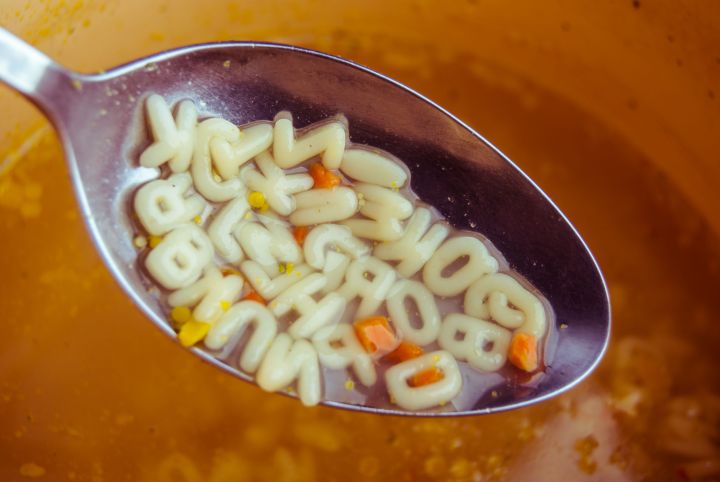
Children who experience dyslexia often show clinically normal vision and intelligence levels, but a dyslexic’s trouble with words, speaking, and reading can manifest in many different ways. Sometimes children describe the letters bouncing around the page, or mixing in strange orders.

A Swedish developer named Victor Widell created the web app to simulate the particular effects his friend described to him as a result of her own dyslexia: “A friend who has dyslexia described to me how she experiences reading. She can read, but it takes a lot of concentration, and the letters seems to ‘jump around.’” The Javascript application shows a text description of dyslexia and a brief introduction from Widell himself, but it takes a considerable amount of attention to figure out the words as letters continuously rearrange themselves in front of your eyes.
Since dyslexia is something of an umbrella term for many specific kinds of word and language disabilities, Widell’s web app won’t simulate all the different effects that dyslexics experience. Even so, the web app makes a big difference in a world where empathy draws us together more than perhaps any other quality. We rely on the Internet these days, but not everyone experiences it the same way. Widell’s code is also fully open source, so maybe some other developers who have been exposed to dyslexia will create new versions of the app.


